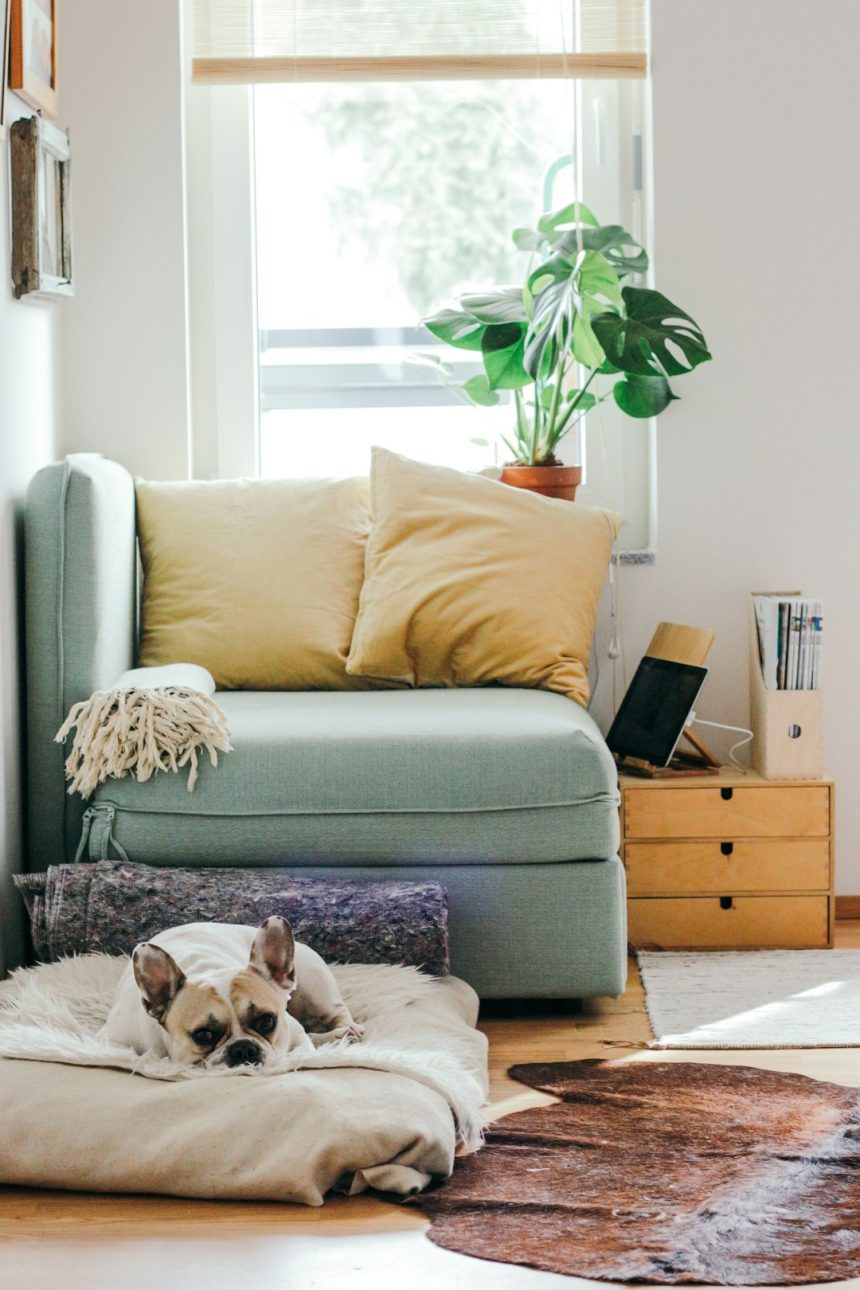Choosing the right bifold doors for your home or commercial space can significantly influence both aesthetics and functionality. Whether you’re looking to enhance a living room with more light or seeking a way to connect interior and exterior spaces, bifold doors are a versatile and popular option. This comprehensive guide will walk you through the key considerations when selecting the perfect bifold doors for your needs.
What Are Bifold Doors?
Bifold doors consist of multiple panels that fold and stack neatly against the wall, offering a seamless transition between indoor and outdoor living spaces. They are often made from materials such as aluminum, timber, or uPVC, and are commonly used for patios, conservatories, and even interior room dividers.
[ai-img]bifold doors, modern home, folding panels[/ai-img]
Advantages of Bifold Doors
Bifold doors offer numerous benefits, which have led to their increasing popularity among homeowners and designers alike:
- Natural Light: The large glass panels allow more sunlight to flood into the space, which can reduce the need for artificial lighting and improve well-being.
- Space Efficiency: Since the panels fold rather than swing, bifold doors require less clearance compared to traditional hinged doors.
- Indoor-Outdoor Flow: Ideal for creating an open-plan space by integrating the garden or terrace with the interior.
- Versatility: Available in various sizes, configurations, and materials, making them suitable for nearly any type of building.
Key Considerations When Choosing Bifold Doors
Selecting the right bifold doors involves more than just picking a style that looks good. Below are the most important factors to take into account:
1. Material
The material of your bifold doors affects not only their aesthetics but also performance and durability:
- Aluminum: Lightweight and resistant to rust. Offers a sleek modern look and has slim frames, allowing larger glass panels.
- Timber: Traditional and warm in appearance. Requires regular maintenance to keep it in good condition.
- uPVC: Budget-friendly and low maintenance but tends to have thicker frames and shorter lifespan than aluminum or timber.
2. Glazing Options
Bifold doors are predominantly glass, so the type of glazing you choose significantly affects energy efficiency and sound insulation.
- Double Glazing: Common and provides good insulation for most climates.
- Triple Glazing: Offers superior thermal performance, ideal for colder regions or homeowners focused on energy savings.
- Low-E Coatings: Reflect heat back into the room without compromising light transmission.
[ai-img]glass panels, energy efficient doors, triple glazing[/ai-img]
3. Security Features
Security is a critical element in the design of bifold doors. Look for doors that include:
- Multi-point locking systems for added protection.
- Toughened or laminated glass for impact resistance.
- Reinforced tracks and frames to deter forced entry.
4. Configuration and Size
The number of panels and their opening direction should be tailored to your specific space and how you plan to use it. Common configurations include:
- Even Numbered Panels: Fold evenly against both sides for symmetry.
- Odd Numbered Panels: Typically stack one side, with one functioning as a daily access door.
Be sure to measure accurately and consult a professional installer for custom recommendations.
Maintenance and Longevity
While bifold doors are designed to withstand daily use and various weather conditions, proper maintenance is essential to ensure longevity:
- Regular Cleaning: Clean the tracks and hinges to prevent debris build-up.
- Inspection: Check seals and handles periodically for wear and tear.
- Material Care: Treat timber frames annually and keep aluminum and uPVC surfaces clean with mild soap and water.
Professional Installation Matters
Improper installation can lead to operational issues, reduced energy efficiency, and even void manufacturer warranties. Always hire qualified professionals with experience in bifold door systems. They will ensure accurate measurement, secure fitting, and smooth operation for years to come.
Conclusion
Investing in high-quality bifold doors can transform your living space by enhancing light, accessibility, and style. By carefully considering material, glazing, security, configuration, and installation, you’ll ensure that your choice is both aesthetically pleasing and functionally sound for the long term.
[ai-img]installation, home renovation, professional door fitting[/ai-img]











